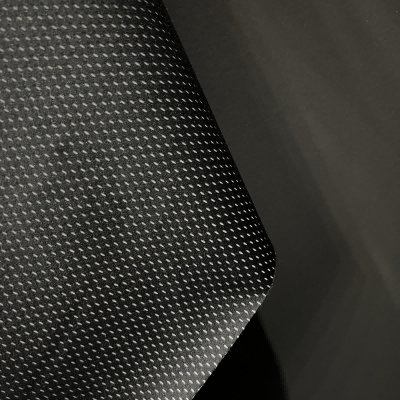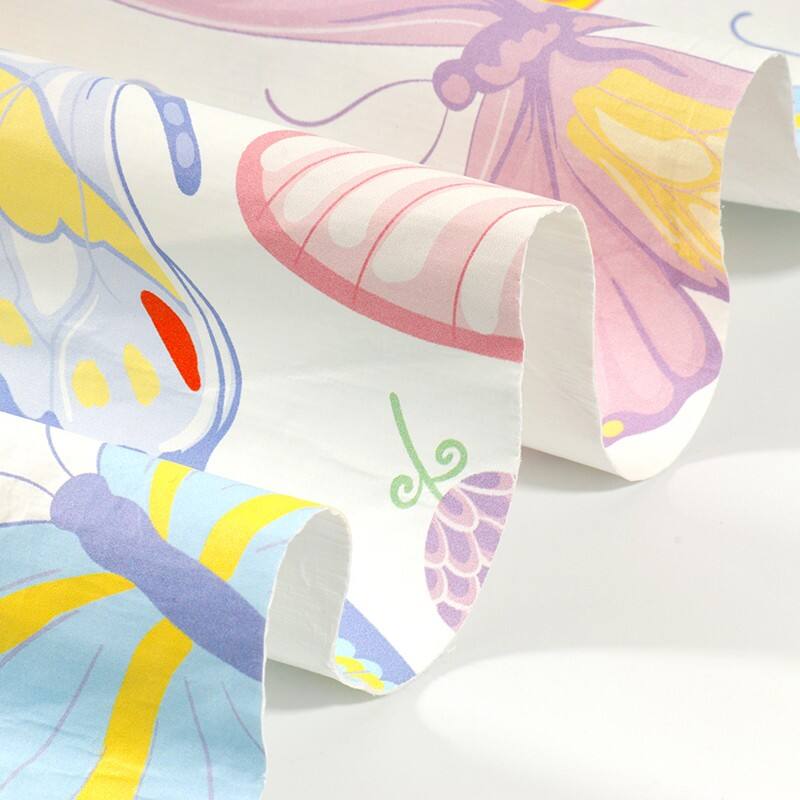quality clothing materials
Quality clothing materials represent the cornerstone of durable, comfortable, and stylish garments that stand the test of time. These materials encompass a range of carefully selected fabrics, including premium cotton, sustainable bamboo fibers, advanced synthetic blends, and ethically sourced wool. Each material undergoes rigorous testing for durability, colorfastness, and wear resistance. Modern manufacturing processes incorporate innovative technologies such as moisture-wicking properties, UV protection, and temperature regulation features. These materials are specifically engineered to maintain their shape, color, and texture through multiple wash cycles while providing optimal comfort for everyday wear. Quality clothing materials also often feature antimicrobial properties, reducing odor and extending garment life. The selection process involves evaluating factors such as fiber strength, breathability, and environmental impact. Advanced finishing techniques ensure superior softness and texture while maintaining structural integrity. These materials find applications across various clothing categories, from everyday basics to high-performance athletic wear and luxury fashion items, making them versatile choices for diverse consumer needs.


